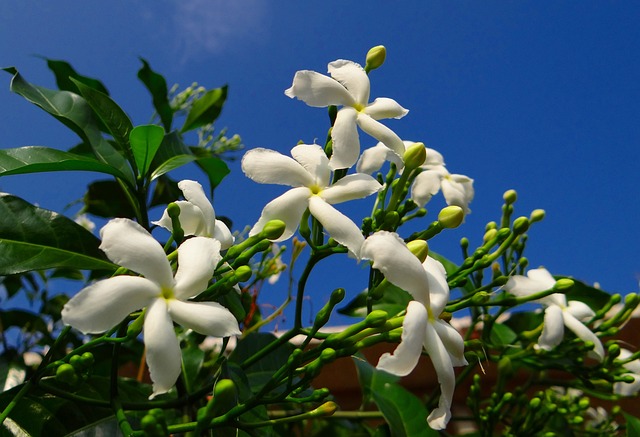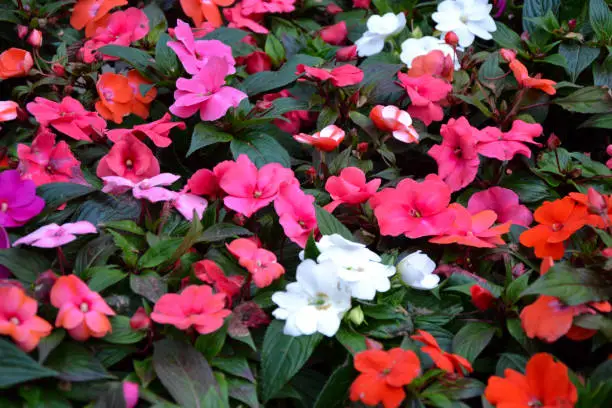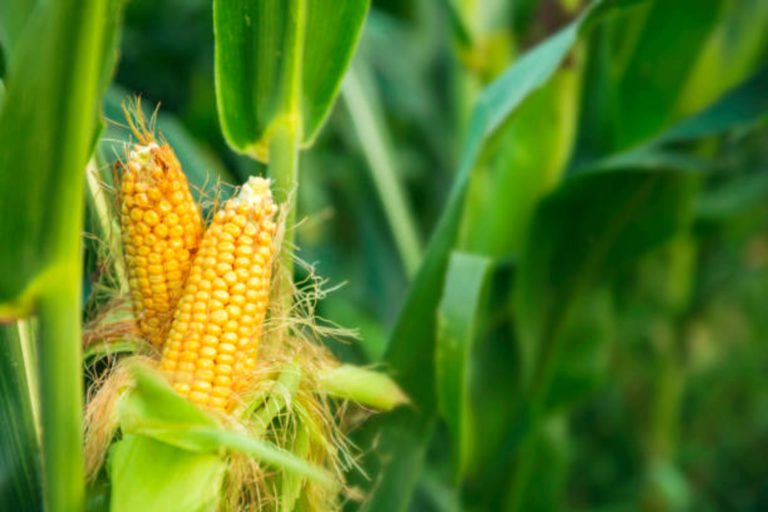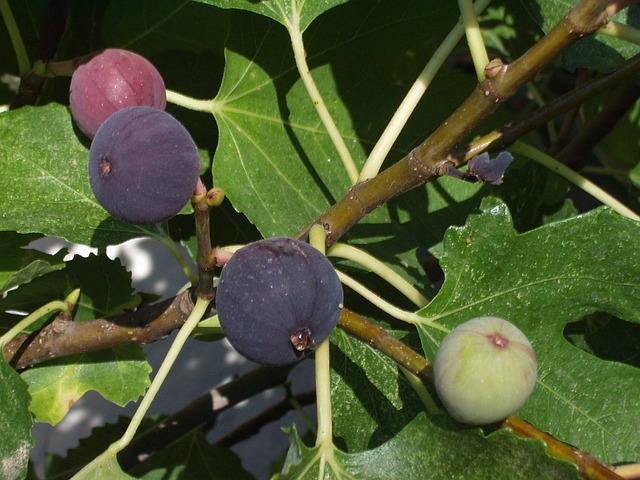How to grow Jasmine plant from cutting? 8 Best steps
Embarking on the journey of cultivating your very own fragrant oasis can be as simple as taking a jasmine cutting and watching it flourish into a symphony of scents. The art of propagating jasmine from cuttings is not only a delightful gardening endeavour but also a gateway to a world of aromatic beauty.
In this guide, we unveil the secrets of nurturing these delicate tendrils, allowing you to harvest the essence of nature right in your backyard.
How to grow Jasmine plant from cutting?
Yes, you can easily grow jasmine from cuttings. Select a healthy 6-inch long cutting from a mature plant, remove lower leaves, and plant it in well-draining soil. Maintain humidity; it should root and grow in a few weeks.
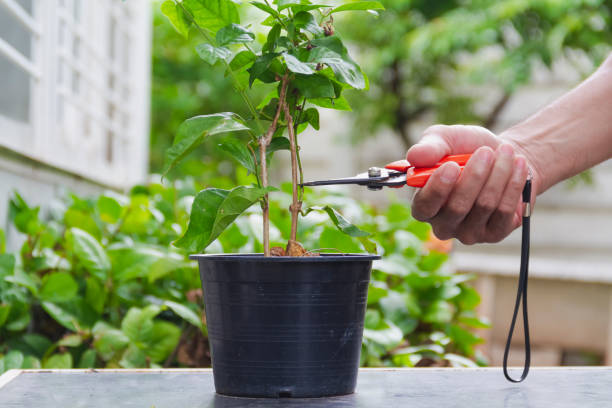
8 Best Steps for growing jasmine through cutting
Growing jasmine from cuttings can be a rewarding way to propagate this fragrant plant. Here are the steps to do it:
Select a Healthy Cutting:
Choose a 4-6 inch (10-15 cm) long cutting from a healthy jasmine plant. The cutting should have at least two sets of leaves.
Prepare the Cutting:
Cut the stem just below a leaf node (the point where a leaf attaches to the stem). Remove any leaves from the lower part of the cutting, leaving only a couple of leaves at the top.
Rooting Hormone (Optional):
While not necessary, using a rooting hormone can increase your success rate. Dip the cut end of the cutting into a rooting hormone powder or gel.
Plant the Cutting:
Plant the cutting in a well-draining potting mix or a mixture of peat and perlite. Make a hole in the soil with a pencil or stick and insert the cutting, burying it about an inch (2.5 cm) deep.
Watering:
Water the cutting thoroughly after planting to settle the soil. Keep the soil consistently moist, but not soggy, throughout the rooting process.
Provide Humidity:
Cover the cutting with a clear plastic bag or a plastic dome to create a mini greenhouse effect. This helps to maintain high humidity around the cutting, which is crucial for root development.
Light:
Place the cutting in a bright, indirect light location. Avoid direct sunlight, as it can scorch the cutting.
Monitor Growth:
Check the cutting regularly for signs of new growth and root development. This can take several weeks to a few months.
Transplant:
Once the cutting has developed a healthy root system and new leaves, it’s ready to be transplanted into a larger pot or your garden.
Jasmine propagation through seeds
Jasmine propagation through seeds can be a bit more challenging than using cuttings, but it’s certainly possible. Here are the steps to grow jasmine from seeds:
Seed Collection:
Collect ripe jasmine seeds from the plant. They are typically found in the form of small, dark, berry-like fruit after the blossoms fade.
Seed Preparation:
Extract the seeds from the fruit, and remove any pulp or flesh attached to them. Rinse the seeds thoroughly and let them air dry.
Scarification (Optional):
Some jasmine seeds have a hard outer coating that may need to be sacrificed or gently scratched to aid in germination. You can do this with a small file or sandpaper.
Seed Sowing:
Plant the prepared seeds in a seed tray or small pots filled with well-draining potting mix. Sow the seeds just below the surface, about 1/4 inch deep.
Watering:
Water the soil thoroughly after sowing. Keep the soil consistently moist, but avoid waterlogging, as jasmine seeds are susceptible to rot.
Germination:
Place the seed tray or pots in a warm and bright location, but not in direct sunlight. Jasmine seeds can take several weeks to months to germinate.
Transplant:
Once the seedlings have grown large enough to handle (typically a few inches tall), transplant them into larger pots or directly into your garden.
Care for Mature Plants:
Provide proper care to your growing jasmine plant, including regular watering, well-draining soil, and support for climbing varieties. Be patient, as it may take a couple of years for your plant to mature and produce fragrant blooms.

Care and maintenance
Caring for jasmine plants involves providing the right conditions to ensure their growth and blooming. Here’s a basic guide on how to care for Jasmine:
Light:
Jasmine plants thrive in bright, indirect sunlight. They can tolerate some direct morning sunlight, but avoid harsh afternoon sun, which can scorch the leaves.
Watering:
Keep the soil consistently moist but not soggy. Water when the top inch (2.5 cm) of soil feels dry. In winter, reduce watering, allowing the soil to dry slightly between waterings.
Soil:
Plant jasmine in well-draining soil rich in organic matter. A slightly acidic to neutral pH soil is ideal.
Pruning:
Regularly prune your jasmine to maintain its shape and encourage bushier growth. Prune after the flowering period to remove spent flowers and shape the plant.
Support (for climbing varieties):
If you have a climbing jasmine variety, provide a trellis or support for it to climb. Secure the vines as they grow to encourage upward growth.
Diseases and treatments for Jasmine plants
Keep an eye out for common pests like aphids, mealybugs, and spider mites. Treat any infestations promptly with insecticidal soap or neem oil. Proper watering and good air circulation can help prevent fungal diseases.
Tips for pruning Jasmine plant
Timing:
Prune jasmine after its main flowering period in late spring or early summer to encourage new growth and shape the plant.
Remove Dead or Diseased Growth:
Trim away any dead or diseased branches and stems to maintain plant health.
Thinning:
Thin out crowded growth to improve air circulation and sunlight penetration, which helps prevent fungal issues.
Shape:
Prune to maintain the desired shape, whether it’s a bushy or climbing form. Trim back long, leggy growth to encourage bushier growth.
Pinch for Encouraging Blooms:
Pinch back the tips of new growth to encourage branching and more flower production, especially for climbing varieties.
Frequently Asked Questions
How to do jasmine cuttings in water?
To propagate jasmine cuttings in water, place a 6-inch cutting in a jar with water, changing it regularly, and roots should form in a few weeks.
How to do jasmine cuttings from cuttings?
Propagate jasmine from cuttings by selecting a 6-inch healthy stem, removing lower leaves, and planting it in well-draining soil.
How to do jasmine cutting from seeds?
Grow jasmine from seeds by planting cleaned seeds in well-draining soil, keeping them moist, and providing bright, indirect light.
How to grow star jasmine from cuttings?
To grow star jasmine from cuttings, take a 4-6 inch cutting, dip it in rooting hormone, and plant it in well-draining soil.
Will Jasmine cut roots in water?
Jasmine cuttings can root in water but are not the most reliable method. Soil propagation is generally more successful.
How do you propagate jasmine without rooting hormone?
You can propagate jasmine without rooting hormone by using a soil mix with good drainage, maintaining high humidity, and proper care for cuttings.
Conclusion:
In conclusion, mastering the art of taking jasmine cuttings is not just a horticultural skill; it’s an enchanting journey into the world of fragrant beauty. By carefully selecting, nurturing, and propagating these delicate tendrils, you can transform a small cutting into a thriving jasmine plant.
Whether you’re a seasoned gardener or a novice, this simple yet rewarding technique offers a chance to cultivate nature’s perfume right at your fingertips. So, embrace the challenge, relish the scents, and let the beauty of your blooming jasmine cuttings brighten your world.
